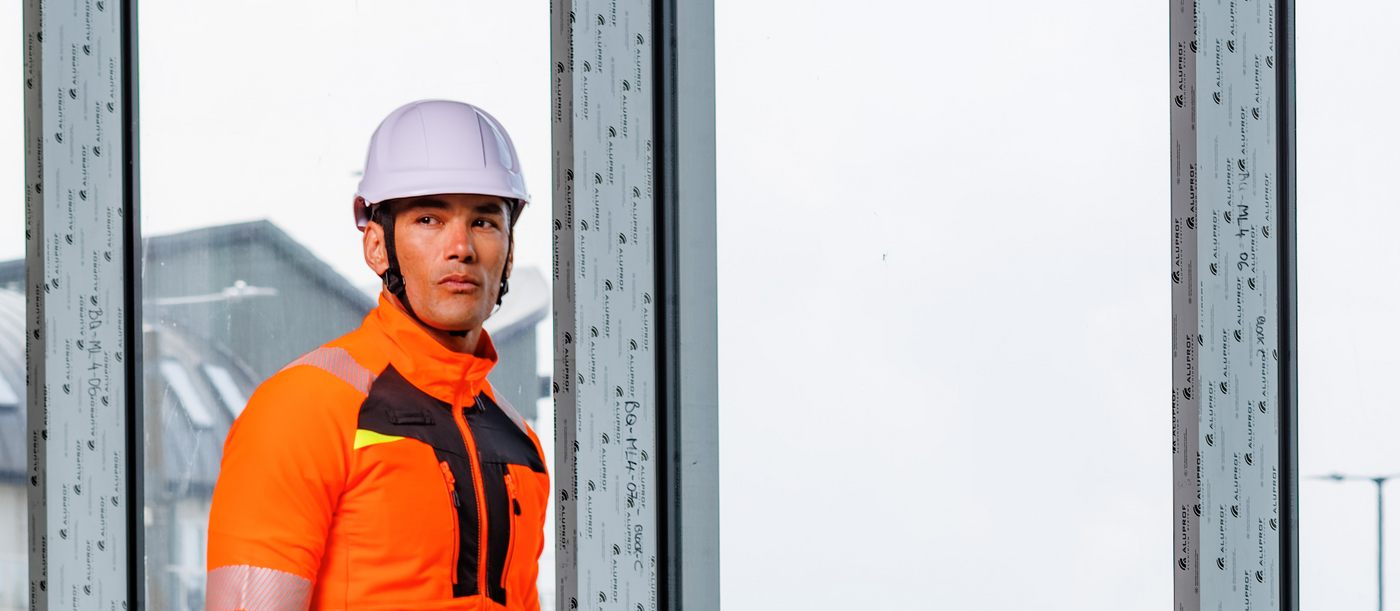
Helmet Safety Standards Guide
In the United Kingdom, industrial safety helmets must adhere to the EN 397 standard, which defines the minimum performance requirements for head protection in environments where there is a risk of falling objects and mechanical impacts.
To achieve compliance, hard hats undergo a series of rigorous tests designed to evaluate their durability and protective capabilities. These include assessments for impact resistance, penetration by sharp objects, and flammability. The aim is to ensure the helmet can effectively withstand a wide range of workplace hazards.
EN 397
Industrial Safety Helmets
EN 397 specifies the physical and performance requirements for industrial safety helmets. These helmets are intended to protect the wearer from falling objects and consequential brain injuries.
Key Requirements:
- Shock absorption
- Resistance to penetration
- Flame resistance
Optional Features:
- Chin strap anchorage (optional)
- Very low temperatures (-20°C or -30°C)
- Very high temperatures (+150°C)
- Electrical insulation (440V AC)
- Lateral deformation
- Molten metal splash resistance (MM)
EN 14052
high-performance industrial safety helmets
Designed for use in high-risk environments, these helmets exceed the standard requirements of EN 397 by offering enhanced protection. They are specifically engineered to guard against lateral impacts and deliver superior shock absorption. As a result, they tend to be larger and heavier than standard industrial helmets.
Key Requirements:
- Crown (top) shock absorption testing is carried out with a 100J impact.
- Side, front and rear shock absorption is assessed with a 50J impact, up to 60° from the crown.
- Crown penetration resistance is tested with a 1kg blade striker dropped from 2.5m
- Side, front and rear penetration resistance testing uses the same 1kg blade striker dropped from 2m.
EN 50365
Electrically Insulating Helmets for Low Voltage Installations
EN 50365 applies to electrically insulating helmets used for working on low voltage installations. These helmets are designed to protect against electrical shock and should not be confused with EN 397 helmets.
Key Requirements:
- Electrically insulating (up to 1000V AC / 1500V DC)
- Dielectric strength
- Shock Absorbing
- Marked with a double triangle symbol
- Must not contain any ventilation holes
- Mandatory use in electrical environments
EN 12492
Helmets for Mountaineers
EN 12492 specifies the safety requirements and test methods for helmets used in mountaineering, climbing, and work at height. These helmets provide protection against falling objects and impacts resulting from a fall.
Key Requirements:
- Impact protection (vertical and side impacts)
- Retention system effectiveness
- Ventilation
- Chin strap strength greater than 50 N to prevent detachment
- Suitable for work at height and rescue operations
Safety Helmets
View all-
-
-
-
-
Regular price $23.00Unit price /Unavailable
-
-
-







































































